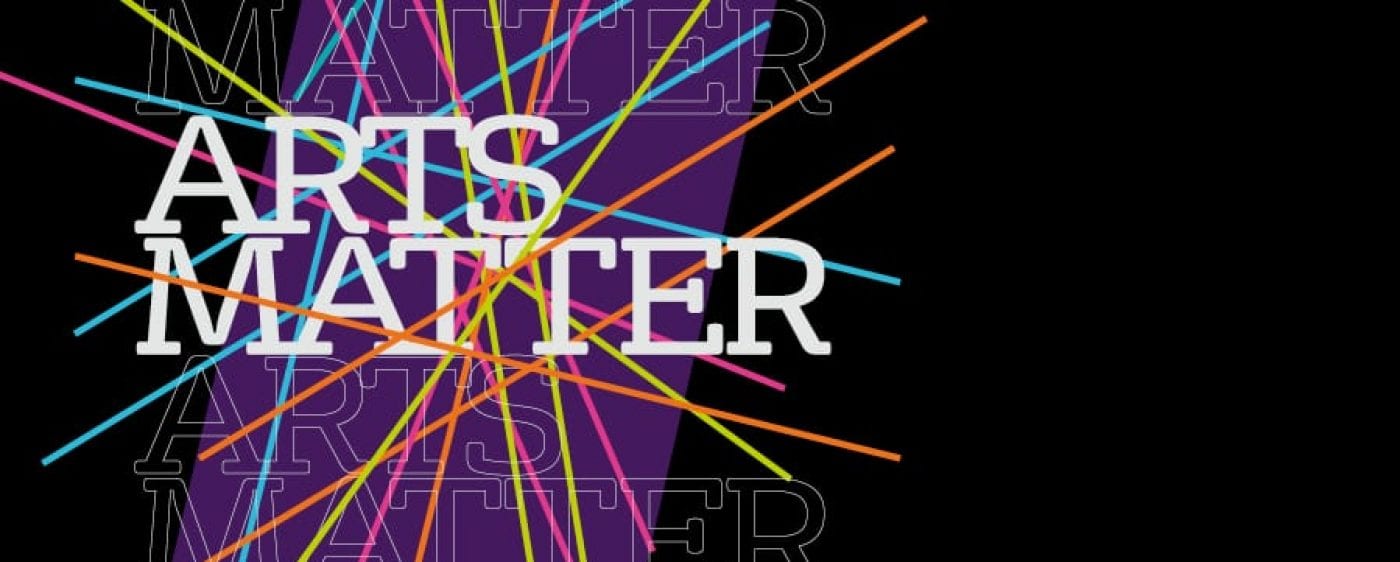By Dr Charlotte Faucher and Dr Clare Siviter, Department of French, School of Modern Languages
2024 marked the 120th anniversary of the Entente Cordiale, a series of pivotal agreements signed on 8 April 1904 between the United Kingdom and France. In this blog, Dr Charlotte Faucher and Dr Clare Siviter reflect on the contributions made by colleagues in the Department of French to remember this special year, contributions which have also helped to enhance specialist and public knowledge on Franco-British relations.

Dr Charlotte Faucher worked closely with Dr Guillaume Perissol from the Institut français du Royaume-Uni to create When Marianne and Britannia Meet, an exhibition tracing the history of the Entente Cordiale agreements and their global repercussions. Lucy Frazer MP (Secretary of State for Digital, Culture, Media and Sport) and the French ambassador Hélène Duchêne opened the exhibition in London on 28 March. It then came to Bristol in June 2024. The formal opening at City Hall by the Lord Mayor of Bristol was followed by talks by Dr Faucher, Professor Martin Hurcombe and Professor Debra Kelly (University of Westminster). Together they discussed Franco-British relations: from the 1904 agreements to the 1908 Franco-British exhibition, which took place in London, to the role of a Bristol professor in strengthening Franco-British friendship during the two world wars. Around 80 people attended the event, and the exhibition was then on display for over 10 days at City Hall.
The exhibition was also presented in the rest of the Alliance Française’s UK network, including in Oxford and Cambridge, and at the Central Libraries in Manchester and Milton Keynes, as well as at the French Diplomatic Archives in Paris. The exhibition has been developed in partnership with the UK’s National Archives and French Diplomatic Archives, with support of Natixis Corporate & Investment Banking and the Friends of the French Institute Trust.

When Marianne and Britannia Meet was also displayed at the British Library during “Rendez-vous at the British Library”, a symposium exploring the British Library’s rich French collections and celebrating the Entente Cordiale’s 120th anniversary on 6 December 2024.
The day kicked off with a ‘petit déjeuner FERN-UK’ – a breakfast lecture hosted by the French Education and Research Network UK, which aims to bring together and support UK-based French and francophone researchers – with Dr Faucher presenting on the history of the Entente Cordiale and responses to her co-curated exhibition.
Later that day, the British Library hosted two events under the umbrella title, ‘Rendez-Vous à la British Library’, which featured Dr Faucher, Dr Clare Siviter and Ros Schwartz of the Bristol Translates Summer School. Both events were organised by Sophie Defrance (Curator of Romance collections) and her colleagues at the British Library and supported by the French Embassy as celebrations of the Entente Cordiale’s anniversary. Throughout, the sheer scale of cultural exchange between the UK and France became apparent as we learnt that the British Library holds the second largest collection of material in French in the world.

The afternoon symposium brought together academics, students, curators, translators and booksellers working from the 11th century to the present day, all using the British Library’s French Collections. The first panel, ‘France and the United Kingdom, Entente Cordiale’, was moderated by Dr Faucher and brought together the full spectrum of the academic career path, from Aude Moine presenting her PhD work on material culture through to the renowned expert in heraldry Michel Pastoureau on the British origins of the French tricolour flag. The next panel, ‘France and Beyond’, was chaired by Prof. Catriona Seth and featured two papers focusing on theatre by Dr Siviter and Prof Clare Finburgh-Delijani, who both used the British Library’s holdings of material from the French Revolution to think through questions of cultural and political production from 1789 to the present day. The three lightening papers also took us from the 1790s, starting in Saint Domingue with Dr Alex Fairfax-Cholmeley through to the British Library’s francophone African comic book collection with Daniel Lowe and its Endangered Archives Programme with Ruth Hansford.
Three shorter panels followed about translation, artists’ books, and medieval manuscripts before a joint visit to the fantastic ‘Medieval Women: In Their Own Words’ exhibition, which included a letter from Joan of Arc, featuring her first known signature, and which had left France for the first time to come to the British Library.

The evening continued to emphasise the importance and extent of Franco-British exchange with a final event, opened by Sir Roly Keating, the Chief Executive Officer of the British Library, and the French ambassador to the UK, Hélène Duchêne, who both reflected on the strengths of ‘London’s BN’ (shorthand for the British Library’s Parisian counterpart, the Bibliothèque nationale). This final session featured keynotes by the esteemed Professor William Marx of the prestigious Collège de France and the writer Artemis Cooper.
2024 brought an increased awareness of the Entente Cordiale in specialist and public understanding: from the historical participation of the Coldstream Guards in a ceremony at the Elysée on the anniversary of the signing of the agreement, through to the creation of the Entente Littéraire award, whose first award ceremony took place with Her Majesty The Queen and Mme Brigitte Macron. The 1904 meaning of Entente Cordiale has certainly changed over the past 120 years; nonetheless the governments and peoples of both countries overwhelmingly continue to value a close Franco-British bilateral relationship.
To find out more about the Entente Cordiale, Dr Charlotte Faucher explains its historical significance in a new research explainer video. Further details about the When Marianne and Britannia Meet exhibition can be found in the university’s press release. For further enquiries, please contact charlotte.faucher@bristol.ac.uk and c.siviter@bristol.ac.uk.








